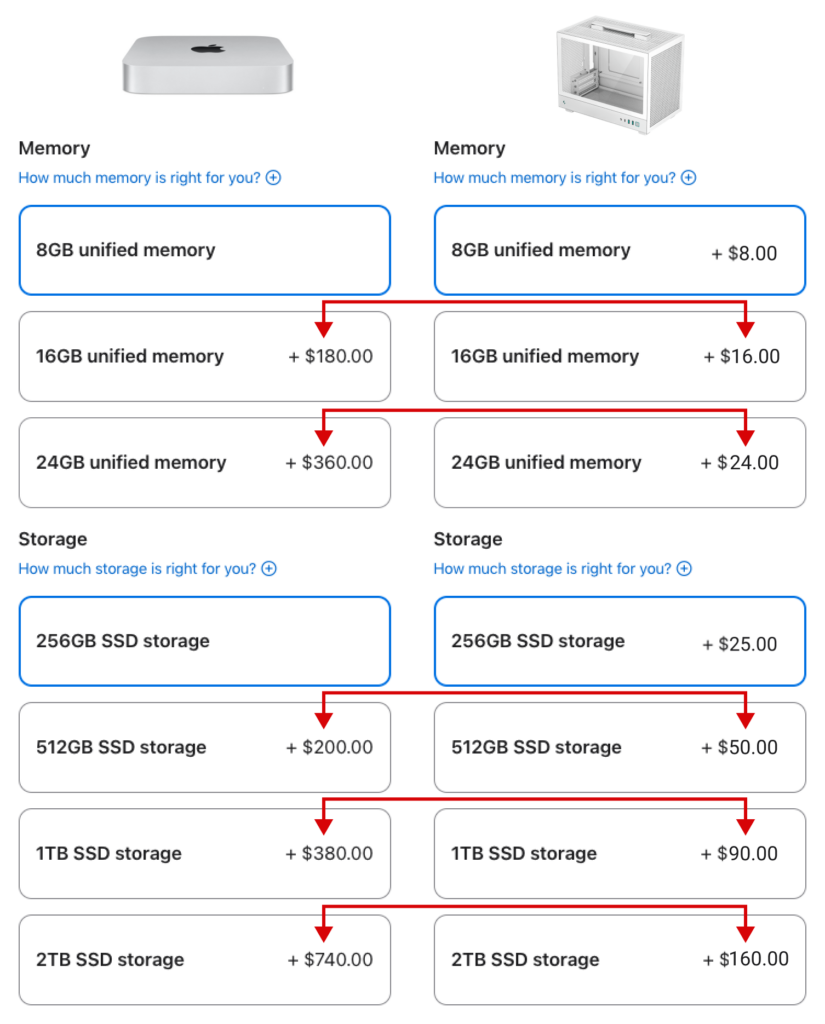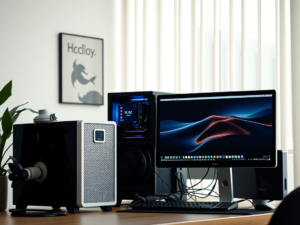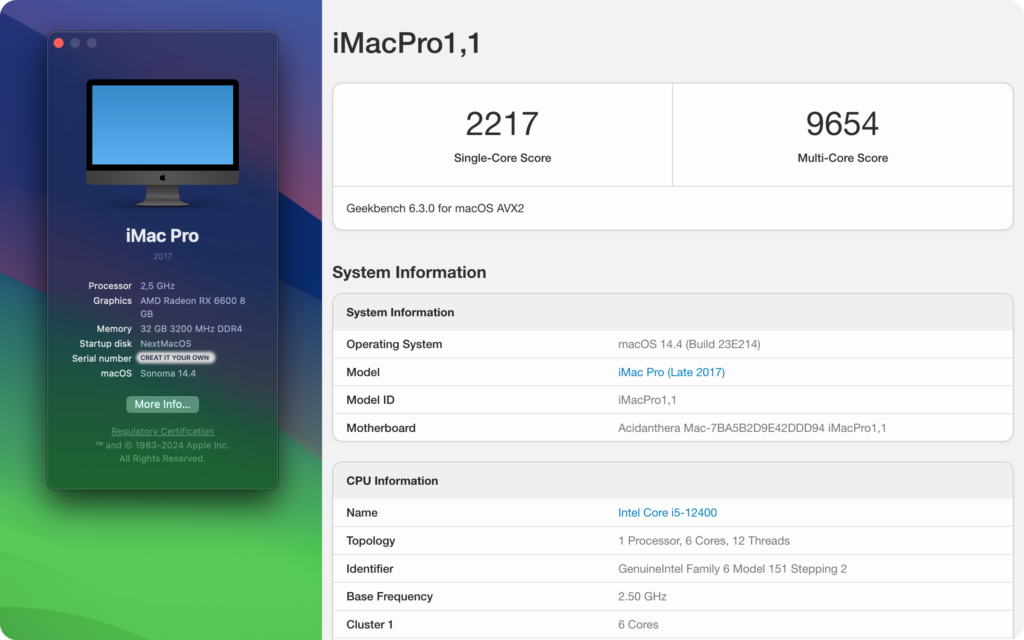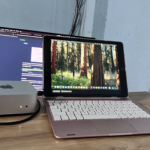Introduction
There are many reasons to try MacOS on a PC—syncing with your iPhone, iOS app development, or using specific Mac-only apps—without buying a Mac. If you already have a PC or laptop and find a shared EFI folder that matches your hardware, you’re already 90% there.
My Experience
I always wanted to run MacOS on my PC, but gathering the right EFI folder seemed overwhelming. EFI is critical for simulating Apple hardware, and there’s no way around it. The documentation, while straightforward for some, felt complex to me. Instead of paying for a service, I searched forums and found shared EFIs on GitHub by looking up my motherboard model.
Things to Know Before Starting
- Compatibility is key: Your hardware must be supported. Check this guide for details: CPU Support.
(Recommend Intel CPU and AMD GPU along with WD SSD storage) - If building a new PC, choose parts based on successful Hackintosh setups. For example, follow a well-rated build like this one: Reddit Hackintosh Build.
- Time-consuming: Expect a few days just to get MacOS running, plus more time fixing issues (audio, sleep/wake, etc.). It’s good to have another device on hand during the process.
- Even with a shared EFI, you may face issues like incompatible Wi-Fi cards or GPU differences, which could take weeks to fix. Except in the case you have identical hardware with EFI’s owner.
- Upgrading MacOS can be risky: Updating to a new version might break your Hackintosh due to dropped hardware support. Check Reddit for specific version issues: MacOS 15 Issues.
So staying at the old OS is the straight way to go. - Documentation is still necessary: Customization may be required to get everything working smoothly (e.g., disabling boot debug, using different hardware).
Why Not Just Buy a Mac Mini?
- As of September 2024, the Mac Mini M2 (16GB RAM, 256GB storage) costs around $680. During promotions like Back to School, you might even get a $120 gift card, roughly the price of AirPods 4.
- Hackintosh is becoming obsolete, with an estimated lifespan of about three more years (until 2027).
Pros of Hackintosh
After all those challenges, then why do people still use Hackintosh? Some said it’s fun, but for me:
- Dual-booting: Run both MacOS and another OS (like Windows and Linux) on the same machine. I sometimes checkout Windows to play games.
- More powerful hardware: While Apple Silicon is efficient, traditional PCs can still outperform it in raw computing power. Some argue that M1 and M2 chips are beasts, but to beat a desktop still has a long way to go.
- Cheaper and upgradeable: Unlike the Mac Mini, which is non-upgradable, Hackintosh allows you to upgrade RAM, storage, and other components at a lower cost.

General steps to create a Hackintosh
- Choose compatible hardware: Ideally, match your CPU, motherboard, and GPU to a shared EFI folder. Even closely related components (e.g., i5-12400 vs. i7-12700) can work.
- Find a matching EFI: Search for “EFI” + your hardware model on Google. GitHub and Reddit often have ready-to-use EFI folders, like this search.
- Create a bootable USB with the MacOS installer. 16GB USB is required for the latest MacOS.
- Copy the shared EFI folder to the USB’s EFI partition.
- Boot into MacOS from the USB and install it on your disk.
- Transfer the EFI folder from the USB to your system disk. This step is required as MacOS requires EFI to boot.
And that’s it! You now have a Hackintosh up and running.
References
- Official OpenCore: https://dortania.github.io/OpenCore-Install-Guide/
- The hardware items that I bought: https://www.reddit.com/r/hackintosh/comments/u78vbx/triple_boot_moneterywindowsubuntu_on_i512400f/




